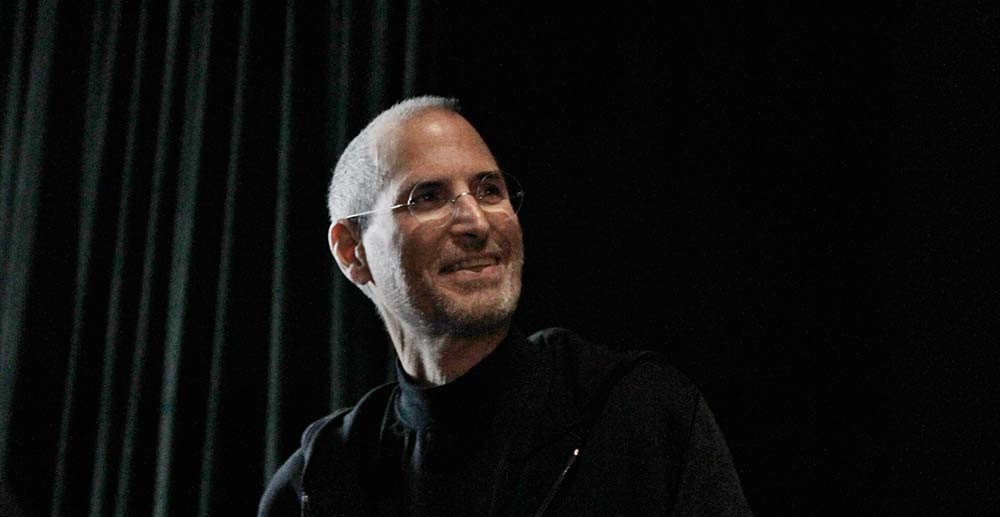Steve Jobs, the UX King, Is Dead. Long Live the King
- October 10, 2012
- By: Vonigo
The recent passing of Apple CEO Steve Jobs has left the international tech community reeling. The industry titan’s legacy won’t soon be forgotten, though now a number of questions remain. What exactly is that legacy? And who will take up the throne? Will we see another innovator as relentless and insightful as Jobs in our lifetimes?
There are no easy answers to these questions. Job’s impact on the technology of our era is so extensive that to attempt to cover all of what it entails would be impossible for a single blog post. But there’s one element in particular that marks all Apple products created under his leadership: an intuitive, user-friendly interface. Delivered like a simple, yet elegant invitation, Apple products have found their way into homes across the world and into the hands of people everywhere. By market capitalization, Apple is now the largest publicly-traded company in the world. There’s a reason for this: Apple products are easy to use, easy to understand, and easy on the eyes. And like their founder, Steve Jobs, they’re efficient and get the job done.
Sources indicate that Jobs was listed as the primary or co-inventor on 342 patents in the United States as of October, when he died–including one issued the day before he died (that of the Mac OS X’s dock “magnification” feature). His patents encompassed everything from laptop computers to portable devices, and even smaller physical aspects of those devices and their accessories. He also patented many user interface features that he developed. It is these features–these intuitive, human-friendly additions–that have made Apple products so popular, and which mark the advent of a new sort of technological innovation. This is an age where gadgets have increasingly human traits. No special language is needed to understand them. And that is thanks to Steve Jobs and his stellar team at Apple.
Though Jobs had his quirks and faults like any human being, what his approach to product creation brought to the tech world was both aesthetic and practical. The introduction of the iPhone, iPad, and Macbook Air, for instance, proved that design need not conflict with functionality–if anything, these products demonstrate that the relationship between the two can and should be symbiotic. Since Steve Jobs hit the scene, the appearance of any product, whether hardware or software, has been measured against his successful ecosystem.
It is now accepted wisdom that design should work to aid the usage of any product, and the experience it provides should be authentic, natural, and effective. He set the bar high. He was relentless. He was practically synonymous with change, and we owe him our deepest gratitude. Salut, Steve Jobs.
Learn more about how you can put Vonigo to work in your business.



